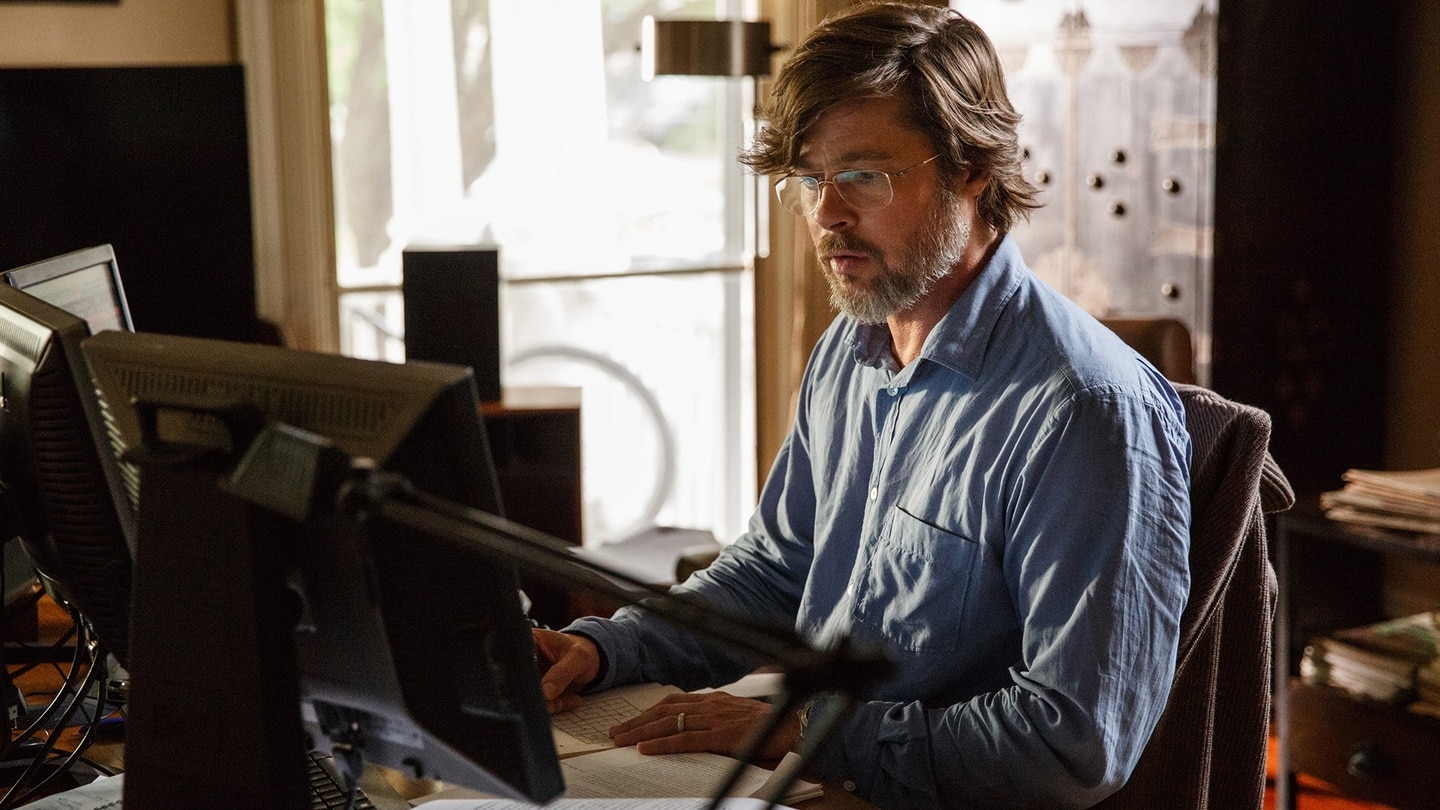At the time of writing, share markets around the world are in a state of disarray. From its peak of 7,197 points on 20 February 2020, the ASX200 went into freefall before bottoming out at 4,403 points on 23 March 2020 – representing a 39% drop in just 22 days of trade. Fast forward another 17 days to mid-April, and the index had turned and burned for a 26% gain. In a financial world divided by panic and optimism, there are currently two certainties. Firstly, we are seeing volatility to an extent we’d never dreamed of and, secondly, every punter with $10 in his pocket is chasing the buying opportunity of the century.
When Afterpay (APT) fires upwards to the tune of 59% in one day, then proceeds to drop 29% in the day following, you better believe some people are making a mint. This extreme volatility, coupled with the tantalising prospect of ‘picking the bottom’ of supposedly underpriced shares, means that hordes of opportunistic punters are diving in headfirst. The issue is certainly not helped by the current lack of sports betting, casinos and pokies, which has no doubt left gambling itches unscratched. ASIC even had to publish a report urging retail investors not to try their hand at day trading, after noticing trade volumes increasing and holding lengths decreasing.
Of course, probability points bluntly to the idea that a great deal of these less-seasoned traders will end up on the wrong side of winning transactions. There’s no better example than Bill Ackman’s coronavirus hedge (one of the single greatest trades in history), which saw him net a $4 billion profit as millions of people’s wealth simply evaporated.
Further danger could be on the horizon too, as Warren Buffet’s favourite stock market indicator has alarm bells ringing for another crash, at least in the US market. Buffet’s indicator is calculated by dividing the total value of publicly traded stocks by quarterly GDP, hinting at whether stocks are overvalued. It recently hit an all-time high of 179%. In comparison, it was sitting at 118% before the Dotcom bubble burst in 2000 and topped 100% leading up to the 2008 financial crisis. As you’d expect, Buffet is well-armed to make new acquisitions in the event of another decline – Berkshire Hathaway was sitting on a $197 billion war chest of cash at the beginning of the year. That equates roughly to the market caps of Commonwealth Bank and BHP combined. In cash.
Now that we’ve gotten the doom and gloom out of the way, I can get to the point at hand: if you’re new to share trading and have been enticed to jump in by the big gains being advertised, it’s wise to have a crack without real money first. These are the three best share market games available. Each gives the player an amount of digital currency to buy and sell on a platform that mirrors the live market.
StockWatch Trading
If I had to pick one share market game to use, it would be StockWatch. The user interface is simple and easy to use, and it performs all the basic functions you need to get a rudimentary grasp on how trading works. Each user starts with float of $50,000 to start buying stocks, although there is a diversification rule in place whereby players may have a maximum of 10% of their portfolio in one company. Unlike the ASX game, StockWatch is playable year-round.
Despite its popularity, the platform features a number of niggles which detract from the overall experience. Transactions only occur on the hour while the market is open, so if a share is bouncing around it can be difficult to execute accurate trades. This issue is worsened by the fact that share prices only update on the hour as well. Easily StockWatch’s biggest pitfall is its process for managing trading halts – stocks are suspended but often never exit the halt, thus leaving you with a share in your portfolio that cannot be sold.
ASX Share Market Game
The ASX’s trading game is the most popular virtual alternative to real investing in Australia, with thousands of institutions and individuals playing for returns. The game’s time frame is perhaps its biggest weakness, as it only runs for 15 weeks twice per year from March-June and August-November. However, when active, the ASX Share Market Game is a free, comprehensive, and well-designed competition that sees traders hustle for cash prizes.
Players may buy and sell over 200 nominated shares – so not an exhaustive list of ASX-listed companies – and begin with $50,000 of currency. To its credit, the ASX Game handles transactions at any time as long as the market is open, unlike StockWatch’s hourly order fulfilment and frustrating trading halt system. What’s more, traders are able to create leagues and compete among friends in a somewhat similar fashion to footy tipping sites.
Investopedia Stock Simulator
Investopedia’s virtual platform is one of the best share market games for getting exposure to stocks outside of those listed on the ASX. It is US-based, with each user starting with US$100,000 to blow, and features stocks from the NYSE, Nasdaq and AMEX, thus allowing traders to dabble in a broad range of companies from the big pond. There are over 700,000 users at present, a mammoth number in comparison to StockWatch’s sub-40,000.
The Investopedia game is filled with smart features, including configurable challenges, the ability to create custom share market games, adjustable commission rates, options, and margin trading. Investopedia’s existing educational and editorial content is also tied into the system, making it a sound starting point for true beginners looking to learn from the ground up.















